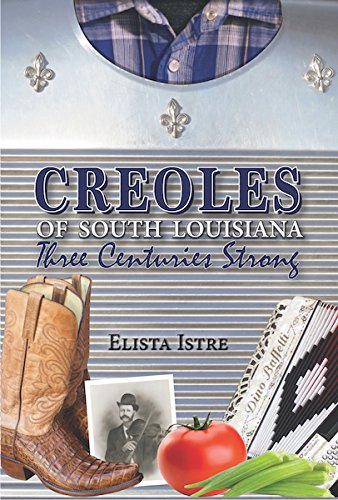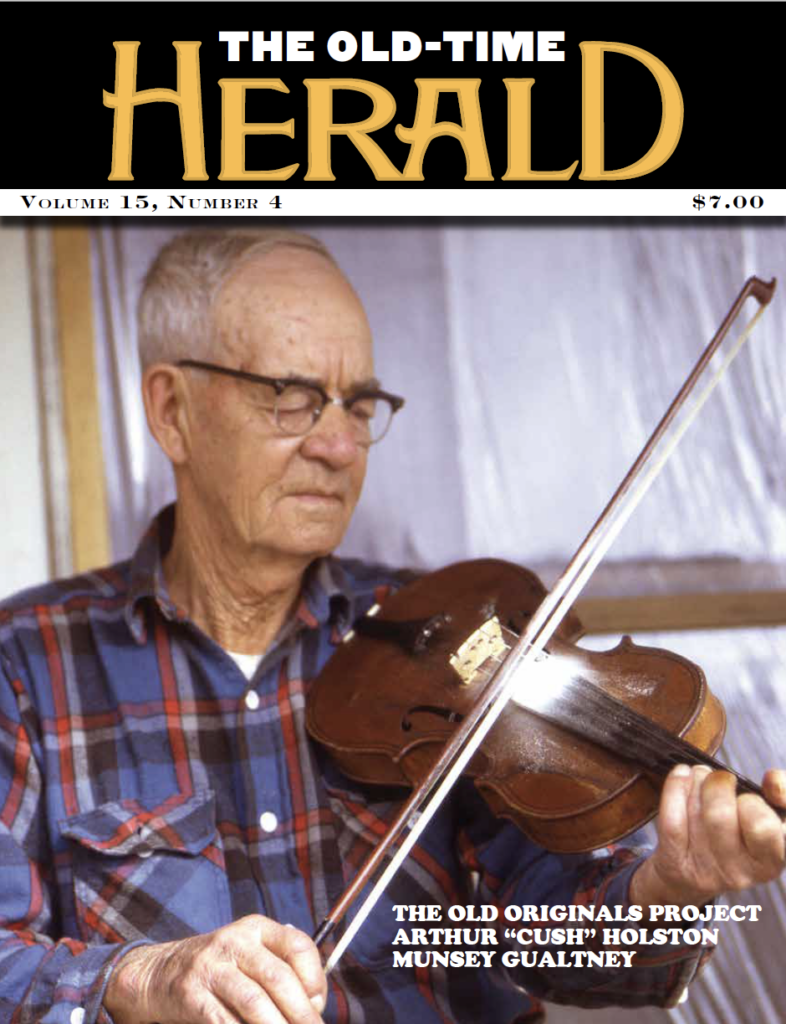These days, most folks have a pretty good idea of what it means when people mention the Cajun culture of Lousiana. Cajun music can be thought of as the old-time tradition of Southwest Louisiana, descended from the fiddle and accordion tunes brought to the area by French-speaking refugees who had been ejected from their homes in the Acadie (Nova Scotia) region of eastern Canada. When the Cajuns (Acadians) began arriving in 1765, Creoles had already been there for a hundred years, but until I read this book, I couldn’t tell you the difference between the two. Creoles of South Louisiana: Three Centuries Strong tackles this subject with gusto, passion, and accuracy. The book is a good read.
When it crossed my desk, I jumped at the chance to review this book, since I have Creole lineage on my mother’s side. A little digging during my last two visits to New Orleans revealed why her side of the family was the one always whispered to have come from “old money.” The answer: plantations. Family wealth built on the backs of slaves. Not the happiest family history to uncover in this enlightened age, but I digress. With some research, author Elista Istre found her family tree to be a rich and complex braid of French and Spanish lines. Further digging led to a doctoral dissertation on the Creole subject, which later became this book. This book is a wonderful gateway into a world of delicious cuisine, colorful language, wild all-night dances, and deep family ties. From étouffée to jambalaya, juré to la-la, t’fere to frottoir, it’s all here.
Dr. Istre is an academic and the book is well documented to the finest detail, but it never becomes tedious. She links every line of discussion with real people, either interviewed by herself or historical, and the colorful design of the pages helps to keep the reader entertained. The deep and complex history of the region sets the context for her stories. Slave revolts, the shifting governments of vast colonial empires, economic and natural forces, and the prairies and bayous of the area all helped to shape the Creole culture. For that’s what it is—a culture, not a race. According to Dr. Istre, making it white or black is a big mistake, even though that’s exactly what has been done over the years, in both directions, for various reasons.
Creole culture is famous for its food of course, but also for its wild dance music known as zydeco. Dr. Istre provides a detailed history of this music from the early days of slave spirituals and circle dances, to its current iterations that encompass rock music and hip-hop, as well as the colorful artists who have contributed to its growth over the years. Dr. Istre quotes sources who state that the precursor of zydeco was a form of shuffling circle dance known as juré. When Alan Lomax recorded several juré songs in 1934, he called it “the most African sound I have found in America.” The participants would sing a blend of spiritual lyrics accompanied by percussion on jawbone and washboard. The jawbone may be long gone, but the rubboard or frottoir has become as ubiquitous as the accordion in modern zydeco music. And while contemporary influences continue to move zydeco music into the future, Istre also spotlights others such as artist Cedric Watson, a young Creole who looks back in time to revive the old forms like juré.
What is Creole culture? A culture is best defined by its attributes: music, language, food, and rituals. Or, you might help to narrow it down by saying what it’s not. Creole culture ain’t the same as Cajun culture, although they are kissing cousins, make no mistake. Creole is neither wholly white nor wholly black. It’s a beautiful melting pot of French, Spanish, American, and African influences that have been stewed in the steamy backwoods of Louisiana for generations. The rest of us are just lucky to enjoy the taste and the sounds of the Creoles of South Louisiana.
A Magazine Dedicated to Old-Time Music
Search The Old-Time Herald
Footer
Contact
The Old Time Herald
PO Box 61679
Durham, NC 27715-1679
Phone: (919) 286-2041
Email: info@oldtimeherald.org


Leave a Reply